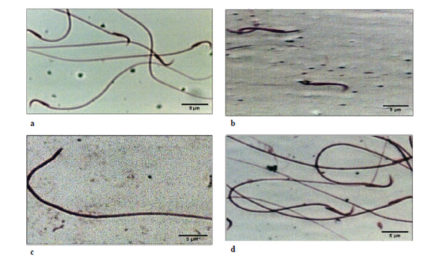Pooja Sharma 1, Sarah F. McClees 1 and Farrukh Afaq 1,2,*
1 Department of Dermatology, University of Alabama at Birmingham, Birmingham, AL 35294, USA; vaidp@uab.edu (P.S.); smcclees@uab.edu (S.F.M.)
2 Comprehensive Cancer Center, University of Alabama at Birmingham, Birmingham, AL 35294, USA
* Correspondence: farrukhafaq@uabmc.edu; Tel.: +1-205-934-5190; Fax: +1-205-934-5745
Academic Editor: Santosh Katiyar
Received: 25 December 2016; Accepted: 18 January 2017; Published: 24 January 2017
Abstract: Cancer is the second leading cause of death in the United States, and those who survive cancer may experience lasting difficulties, including treatment side effects, as well as physical, cognitive, and psychosocial struggles. Naturally-occurring agents from dietary fruits and vegetables have received considerable attention for the prevention and treatment of cancers. These natural agents are safe and cost efficient in contrast to expensive chemotherapeutic agents, which may induce significant side effects. The pomegranate (Punica granatum L.) fruit has been used for the prevention and treatment of a multitude of diseases and ailments for centuries in ancient cultures. Pomegranate exhibits strong antioxidant activity and is a rich source of anthocyanins,
ellagitannins, and hydrolysable tannins. Studies have shown that the pomegranate fruit as well as its juice, extract, and oil exert anti-inflammatory, anti-proliferative, and anti-tumorigenic properties by modulating multiple signaling pathways, which suggest its use as a promising chemopreventive/chemotherapeutic agent. This review summarizes preclinical and clinical studies highlighting the role of pomegranate in prevention and treatment of skin, breast, prostate, lung, and colon cancers.
Keywords: pomegranate; cancer; cell proliferation; inflammation; angiogenesis; apoptosis







